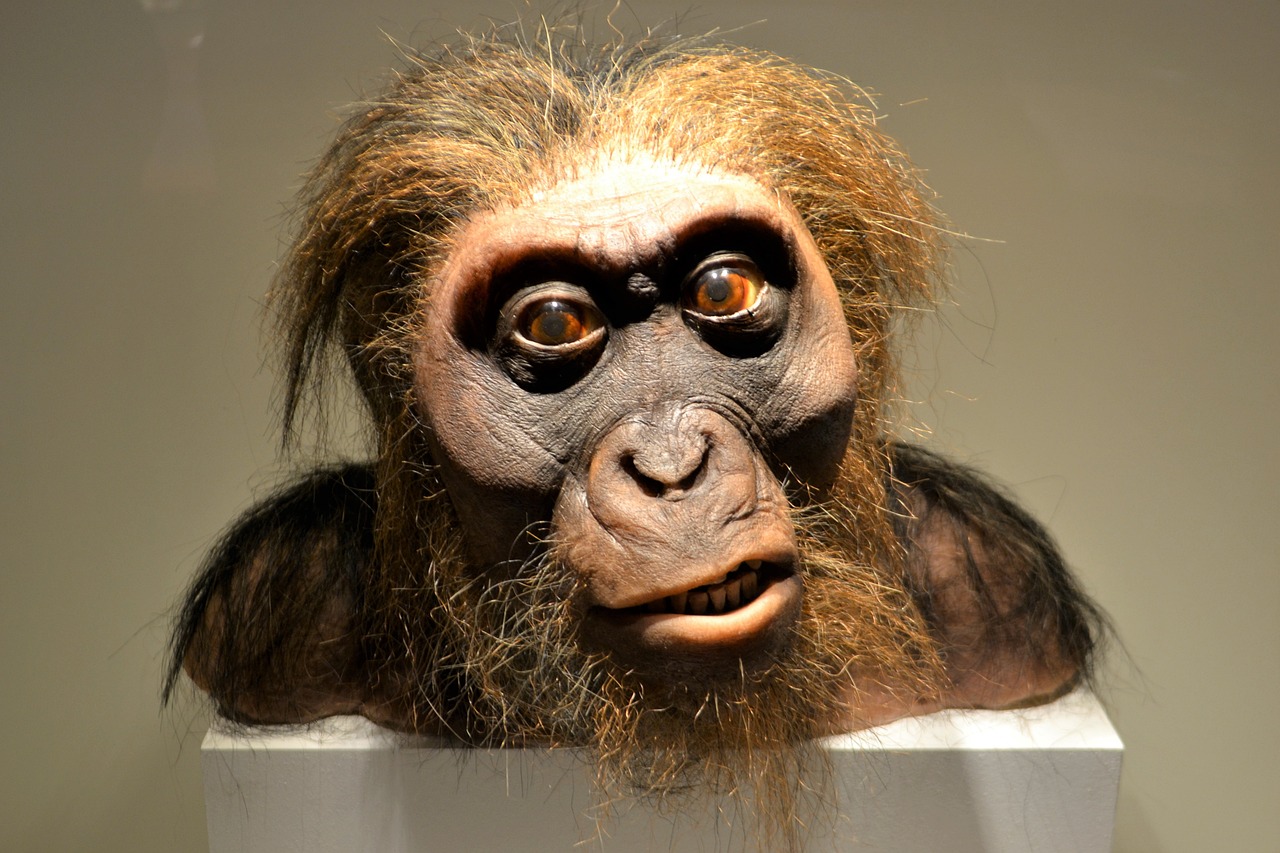Introduction
The American Dream, a concept deeply embedded in the national psyche of the United States, has evolved significantly throughout the nation’s history. It has been both a guiding light and a subject of debate, shaping the aspirations and expectations of countless generations. In this article, we will delve into the historical development of the American Dream and explore its contemporary interpretations, examining how this enduring ideal continues to influence American society today.
The American Dream, an ever-evolving and multifaceted concept, represents not just a national ideal but a dynamic force that has shaped the very essence of the United States. As we embark on a journey through its historical development and contemporary interpretations, we uncover a tapestry of dreams, hopes, and aspirations that define the American experience.
A Vision of Opportunity: At its inception, the American Dream was a vision of boundless opportunity and freedom. It beckoned pioneers and immigrants to a land where hard work and determination could lead to prosperity and success. This dream inspired individuals to carve their destinies, transforming a fledgling nation into an economic and cultural powerhouse.
The Pursuit of Happiness: Thomas Jefferson’s phrase “the pursuit of happiness” in the Declaration of Independence encapsulates the essence of the American Dream. It shifted the focus from mere wealth to the broader pursuit of a fulfilling life, including personal happiness, self-improvement, and self-expression. This evolution expanded the dream’s scope to encompass not only material success but also personal fulfillment and well-being.
Social Mobility and Equality: Throughout American history, the American Dream has been intrinsically linked to the promise of social mobility and equality. It fueled movements for civil rights, women’s suffrage, and workers’ rights, advocating for a more just and inclusive society. The dream became a rallying cry for those striving to dismantle barriers based on race, gender, and socioeconomic status.
The Dream in Flux: The American Dream is not static; it adapts to the shifting sands of time. In the post-World War II era, it manifested as the “American Dream of Homeownership,” symbolizing the ideal of a stable and prosperous family life. In recent decades, it has taken on new dimensions, embracing entrepreneurship, innovation, and the pursuit of knowledge in the Information Age.
Contemporary Challenges: Today, the American Dream faces challenges stemming from economic inequality, access to education, and the changing nature of work. Many question whether the dream, as traditionally conceived, is still attainable for all. Yet, its essence endures in the resilience, innovation, and ambition of the American people.
A Unifying Ideal: The American Dream remains a unifying ideal, a collective aspiration that transcends political and cultural divides. It continues to inspire individuals to overcome obstacles, strive for excellence, and work toward a brighter future. In a nation defined by its diversity, the dream serves as a common thread that weaves together the stories of countless Americans.
As we explore the historical roots and contemporary interpretations of the American Dream, we discover not just an enduring ideal but a dynamic force that shapes the identity of a nation. It reminds us that, in the land of opportunity, the pursuit of dreams is an intrinsic part of the American experience, a journey that continues to unfold with each passing generation.
You can also read more about this here: History Courses (HIST) < University of Iowa
The American Dream has its roots in the founding ideals of the United States, which emphasized individual freedom, self-reliance, and the pursuit of happiness. In the 17th and 18th centuries, European settlers, seeking religious freedom and economic opportunities, viewed America as a land of boundless possibilities. This spirit of exploration and ambition laid the foundation for what would become the American Dream.
Manifest Destiny and Frontier OptimismIn the 19th century, as the nation expanded westward, the American Dream took on a new dimension. The belief in “manifest destiny” fueled the idea that it was the nation’s destiny to expand its borders from coast to coast. This era was marked by the lure of untamed wilderness, economic opportunity, and the possibility of a fresh start.
The Dream of ProsperityThe 20th century brought industrialization and economic growth, which, in turn, reshaped the American Dream. For many, it became synonymous with achieving financial success and homeownership. The post-World War II era saw the emergence of a suburban ideal, where the dream was epitomized by a house with a white picket fence.
Social Progress and Civil RightsThe civil rights movement of the 1950s and 1960s expanded the American Dream to encompass social justice and equality. It no longer solely revolved around economic achievement but also included the dream of a more inclusive and just society.
For additional details, consider exploring the related content available here What Is the American Dream? Examples and How to Measure It

Today, the American Dream continues to evolve, reflecting the changing values and challenges of contemporary society.
A Holistic DefinitionMany contemporary interpretations of the American Dream emphasize a holistic approach to well-being. It’s no longer just about financial success; it includes factors like work-life balance, access to quality education and healthcare, and environmental sustainability.
Diverse Paths to SuccessThe contemporary American Dream recognizes that there is no one-size-fits-all path to success. It celebrates diverse career choices, entrepreneurial endeavors, and alternative lifestyles, acknowledging that success is defined differently for each individual.
Global PerspectiveIn an increasingly interconnected world, the American Dream has taken on a global dimension. It includes the aspiration to be a responsible global citizen, contributing to solutions for pressing global challenges.
Reimagining HomeownershipWhile homeownership remains a part of the dream for many, there is a shift toward reimagining it. Concepts like communal living, sustainable housing, and digital nomadism challenge traditional notions of property ownership.
Looking for more insights? You’ll find them right here in our extended coverage: A Brief History of the American Dream | George W. Bush Presidential …

Conclusion
The American Dream, ever-evolving, continues to be a powerful force in American society. Its historical evolution reflects the changing aspirations and values of the nation, while contemporary interpretations encompass a broader, more inclusive vision of success and fulfillment. As America faces new challenges and opportunities in the 21st century, the American Dream remains a source of inspiration and aspiration for individuals from all walks of life, embodying the enduring belief that the pursuit of a better life is a fundamental human endeavor.
The concept of the American Dream has been a driving force in American society for centuries, and its evolution reflects the dynamic nature of the nation itself. From its inception to its contemporary interpretation, the American Dream has continued to shape the aspirations and values of individuals across the country. In examining its historical journey and contemporary significance, it becomes evident that this idea is not static but rather a living, breathing reflection of America’s ever-changing landscape.
Historical Evolution:
The American Dream was born in the early days of the United States, rooted in the idea of individual freedom and the pursuit of happiness. Initially, it often centered on the concept of economic success and homeownership—a vision of prosperity built on hard work, determination, and opportunity.
Throughout the nation’s history, the American Dream evolved in response to various social, economic, and political changes. It adapted during periods of immigration, expanding to encompass diverse cultural backgrounds and new perspectives. During times of crisis, such as the Great Depression, it transformed into a vision of recovery and resilience.
Contemporary Interpretations:
In the 21st century, the American Dream has embraced a broader, more inclusive vision of success and fulfillment. While economic prosperity remains a key component, contemporary interpretations also prioritize personal growth, education, health, and the pursuit of happiness in all its forms. This updated Dream reflects a desire for a well-rounded and meaningful life that goes beyond material wealth.
Moreover, contemporary iterations of the American Dream recognize the importance of equality and social justice. They acknowledge that the Dream has not been equally attainable for all individuals and seek to rectify historical disparities based on race, gender, and socioeconomic status. The Dream now includes the aspiration to build a more equitable society where opportunities are accessible to everyone.
Enduring Inspiration:
As America faces new challenges and opportunities, the American Dream remains a source of inspiration and aspiration. It embodies the enduring belief that the pursuit of a better life is a fundamental human endeavor. This belief transcends generations, uniting people from diverse backgrounds in the shared pursuit of individual and collective progress.
In an era marked by technological advancements, changing demographics, and global interconnectedness, the American Dream continues to adapt. It inspires individuals to innovate, explore, and redefine success on their own terms. It also motivates collective efforts to address pressing issues like climate change, social justice, and access to quality education and healthcare.
In conclusion, the American Dream is not a static concept but a dynamic and evolving force in American society. Its historical journey reflects the nation’s growth and transformation, while its contemporary interpretations embrace a more inclusive and holistic vision of success. As America navigates the complexities of the 21st century, the American Dream serves as a guiding light, reminding us that the pursuit of a better future remains a shared and enduring aspiration.
Looking for more insights? You’ll find them right here in our extended coverage: A Brief History of the American Dream | George W. Bush Presidential …
More links
Additionally, you can find further information on this topic by visiting this page: The Evolution of the American Dream
